Navigating the Liturgical Year: Catholic Holy Days in 2025
Related Articles: Navigating the Liturgical Year: Catholic Holy Days in 2025
Introduction
In this auspicious occasion, we are delighted to delve into the intriguing topic related to Navigating the Liturgical Year: Catholic Holy Days in 2025. Let’s weave interesting information and offer fresh perspectives to the readers.
Table of Content
Navigating the Liturgical Year: Catholic Holy Days in 2025
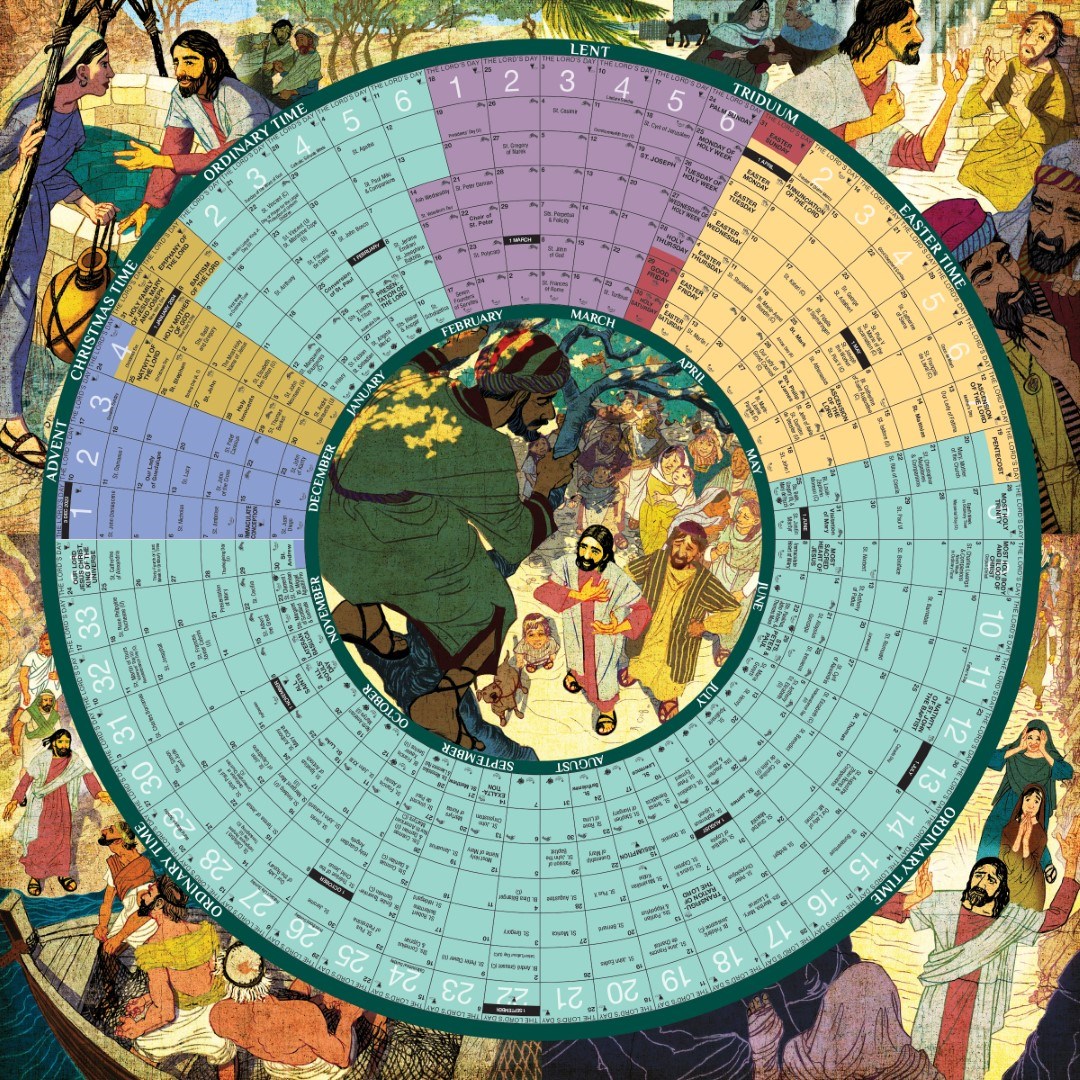
The Catholic Church observes a rich and vibrant liturgical year, marked by a tapestry of feasts, solemnities, and memorials that commemorate key events in the life of Christ, the Blessed Virgin Mary, and the Saints. These holy days serve as opportunities for reflection, prayer, and spiritual growth, deepening the faith of the faithful. This article delves into the significant Catholic holy days of 2025, providing a comprehensive overview of their significance and the practices associated with them.
January:
- January 1: Solemnity of Mary, Mother of God: This day celebrates the Blessed Virgin Mary as the Mother of God and marks the beginning of the Octave of Christmas. It emphasizes the role of Mary in God’s plan of salvation and her importance in the life of Christ.
- January 6: Epiphany of the Lord: Commemorating the visit of the Magi to the newborn Jesus, Epiphany celebrates the revelation of Christ to the Gentiles and the universal call to faith. It is a day for reflecting on the universality of God’s love and the importance of sharing the message of Christ with all people.
February:
- February 2: Presentation of the Lord: This feast commemorates the presentation of Jesus in the Temple forty days after his birth, as mandated by Jewish law. It is a day to remember the dedication of Jesus to God and the importance of offering our lives in service to him.
- February 14: Ash Wednesday: The beginning of Lent, Ash Wednesday marks a time of prayer, penance, and reflection. It is a day of fasting and abstinence, symbolized by the imposition of ashes on the forehead. This day serves as a call to conversion and a reminder of our mortality.
March:
- March 19: Solemnity of Saint Joseph, Spouse of the Blessed Virgin Mary: This solemnity honors Saint Joseph, the foster father of Jesus, and his role in the Holy Family. It is a day to celebrate the virtues of Joseph, particularly his faith, courage, and unwavering dedication to his family.
- March 25: Annunciation of the Lord: This feast commemorates the angel Gabriel’s announcement to Mary that she would conceive and bear the Son of God. It is a day to reflect on the mystery of the Incarnation and Mary’s selfless acceptance of God’s will.
April:
- April 9: Palm Sunday: This day marks the beginning of Holy Week and commemorates Jesus’ triumphal entry into Jerusalem. It is a day to remember the love and devotion of the people who welcomed Jesus, and the anticipation of his suffering and death.
- April 10: Holy Thursday: This day commemorates the institution of the Eucharist and the priesthood at the Last Supper. It is a day for reflecting on the love and sacrifice of Christ, and for renewing our commitment to the Eucharist and the Church.
- April 11: Good Friday: The day of Christ’s crucifixion and death, Good Friday is a day of mourning and reflection on the depth of God’s love for humanity. It is a day of prayer and penance, marked by fasting and abstinence.
- April 12: Holy Saturday: This day commemorates the time between Jesus’ death and resurrection. It is a day of waiting and anticipation, a time to reflect on the mystery of Christ’s descent into the underworld and his victory over death.
- April 13: Easter Sunday: The culmination of Holy Week, Easter Sunday celebrates the resurrection of Jesus Christ. It is the most important feast in the Christian calendar, signifying the triumph of life over death and the promise of eternal life.
May:
- May 1: Feast of Saint Joseph the Worker: This feast honors Saint Joseph as a model for all who work, reminding us of the dignity of labor and the importance of finding God in our daily work.
- May 13: Feast of Our Lady of Fatima: This feast commemorates the apparitions of the Blessed Virgin Mary to three shepherd children at Fatima, Portugal. It is a day for reflecting on Mary’s messages of peace, prayer, and conversion.
June:
- June 11: Solemnity of the Most Holy Body and Blood of Christ (Corpus Christi): This solemnity celebrates the Real Presence of Christ in the Eucharist. It is a day of thanksgiving for the gift of the Eucharist, and a time for reflecting on the importance of receiving communion.
July:
- July 2: Visitation of the Blessed Virgin Mary: This feast commemorates Mary’s visit to her cousin Elizabeth, who was pregnant with John the Baptist. It is a day to celebrate the love and support that Mary offered Elizabeth, and to reflect on the importance of supporting one another in times of need.
August:
- August 15: Solemnity of the Assumption of the Blessed Virgin Mary: This solemnity celebrates the bodily assumption of Mary into heaven. It is a day to reflect on the glory of Mary’s life and her triumph over death, and to look forward to our own resurrection.
September:
- September 8: Nativity of the Blessed Virgin Mary: This feast commemorates the birth of Mary, the mother of Jesus. It is a day to celebrate Mary’s life and her role in God’s plan of salvation.
- September 14: Exaltation of the Holy Cross: This feast commemorates the finding of the True Cross by Saint Helena, the mother of Emperor Constantine. It is a day to reflect on the sacrifice of Christ on the Cross and the power of his love.
October:
- October 4: Feast of Saint Francis of Assisi: This feast commemorates the life of Saint Francis, the founder of the Franciscan Order. It is a day to celebrate Francis’ love for God’s creation and his commitment to peace and justice.
- October 18: Feast of Saint Luke, Evangelist: This feast commemorates the life of Saint Luke, the author of the Gospel of Luke and the Acts of the Apostles. It is a day to celebrate Luke’s dedication to spreading the Gospel and his role in preserving the teachings of Christ.
- October 31: Feast of All Saints: This feast honors all the saints, known and unknown, who have gone before us. It is a day to reflect on the lives of the saints and to seek their intercession.
November:
- November 1: All Saints’ Day: This day is dedicated to all the saints, known and unknown, who have gone before us. It celebrates their lives of holiness and their ongoing intercession for us.
- November 2: Commemoration of All the Faithful Departed (All Souls’ Day): This day honors all those who have died and are in purgatory. It is a day of prayer for their souls, asking God to grant them eternal rest.
December:
- December 8: Solemnity of the Immaculate Conception of the Blessed Virgin Mary: This solemnity celebrates the conception of Mary without original sin. It is a day to reflect on the purity and holiness of Mary, and her role as the Mother of God.
- December 24: Christmas Eve: This day marks the vigil before Christmas, a time of anticipation and preparation for the birth of Christ.
- December 25: Solemnity of the Nativity of the Lord (Christmas): This solemnity celebrates the birth of Jesus Christ. It is the most important feast in the Christian calendar, signifying the incarnation of God and the promise of salvation.
Importance of Observing Catholic Holy Days
Observing Catholic holy days offers numerous benefits, fostering a deeper connection with God and a greater understanding of the faith. They provide opportunities for:
- Spiritual Renewal: Holy days offer a chance to step back from the daily routine and dedicate time to prayer, reflection, and spiritual growth.
- Community Building: Participating in liturgical celebrations and events strengthens the bonds of faith within the community, fostering a sense of belonging and shared purpose.
- Understanding Church History: By commemorating significant events in the life of Christ and the Saints, holy days deepen our understanding of Church history and the unfolding of God’s plan for salvation.
- Living a Virtuous Life: Many holy days are dedicated to specific virtues or figures who embody those virtues. Reflecting on these qualities can inspire us to strive for greater holiness in our own lives.
FAQs
Q: What is the difference between a solemnity, a feast, and a memorial?
A:
- Solemnity: The highest ranking liturgical celebration, usually associated with major events in the life of Christ or the Blessed Virgin Mary.
- Feast: A celebration of a significant event or person, less solemn than a solemnity.
- Memorial: A commemoration of a saint or event, less solemn than a feast.
Q: What are the obligations associated with Catholic holy days?
A: Catholics are obligated to attend Mass on Sundays and holy days of obligation. In 2025, the holy days of obligation in the United States are:
- January 1: Solemnity of Mary, Mother of God
- January 6: Epiphany of the Lord
- March 19: Solemnity of Saint Joseph, Spouse of the Blessed Virgin Mary
- May 1: Feast of Saint Joseph the Worker
- August 15: Solemnity of the Assumption of the Blessed Virgin Mary
- November 1: All Saints’ Day
- December 8: Solemnity of the Immaculate Conception of the Blessed Virgin Mary
- December 25: Solemnity of the Nativity of the Lord (Christmas)
Q: Can I celebrate a holy day even if it falls on a weekday?
A: While the obligation to attend Mass applies only to Sundays and holy days of obligation, it is encouraged to celebrate all holy days in some way. This could include attending Mass, praying at home, reading scripture, or reflecting on the significance of the day.
Tips for Observing Catholic Holy Days
- Attend Mass: Participating in the Mass is the most essential way to celebrate a holy day.
- Pray: Dedicate time to prayer, either individually or with your family.
- Read Scripture: Reflect on the readings assigned for the day.
- Fast or Abstain: Observe the traditional practices of fasting or abstinence associated with certain holy days.
- Perform Acts of Charity: Show kindness and generosity to others.
- Reflect on the Significance of the Day: Take time to ponder the meaning of the event or person being celebrated.
Conclusion
The Catholic holy days of 2025 offer a rich tapestry of opportunities for spiritual growth and deepening our understanding of the faith. By observing these days with prayer, reflection, and acts of charity, we can cultivate a closer relationship with God and live more fully as disciples of Christ. As we navigate the liturgical year, let us embrace the blessings and challenges that each holy day presents, allowing them to shape our lives and lead us closer to God.
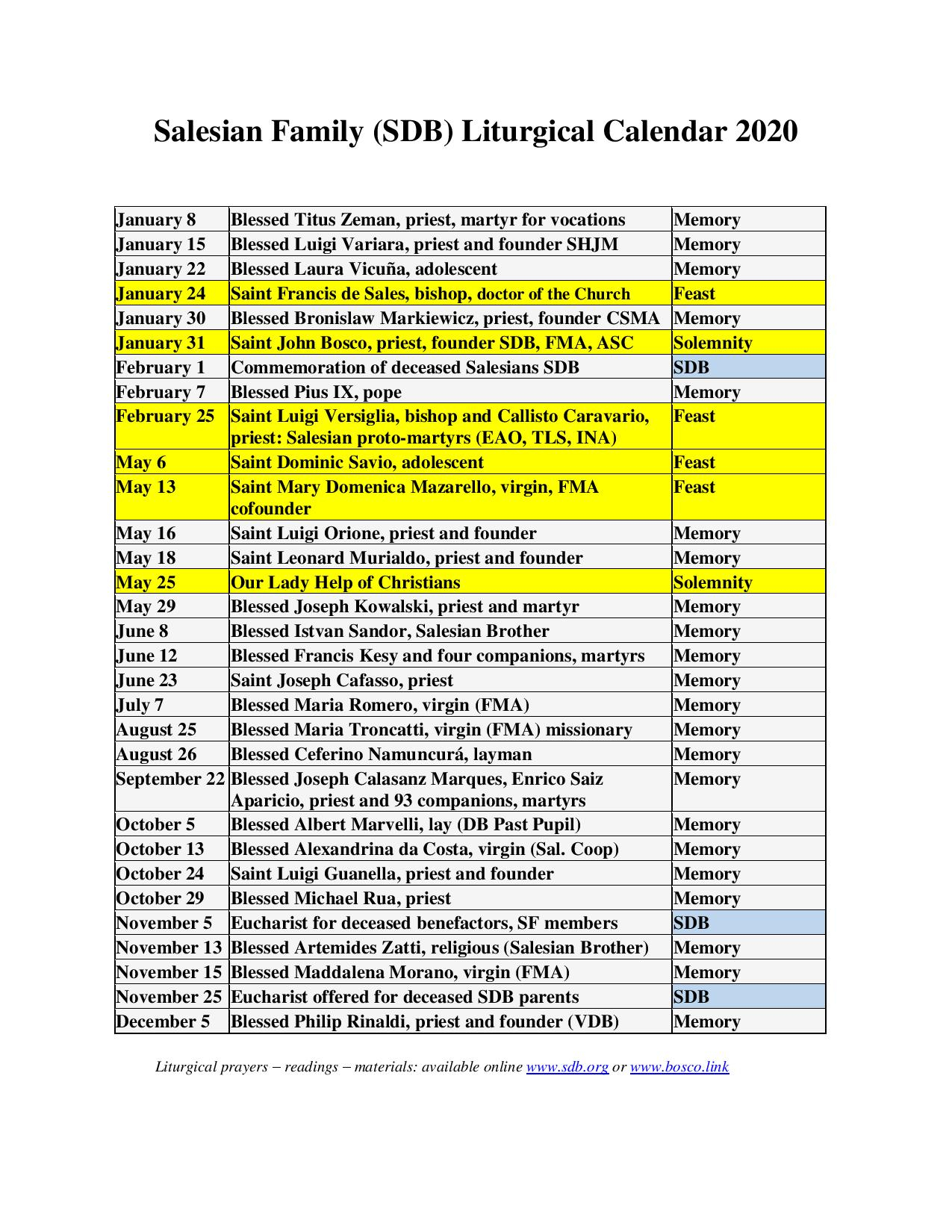
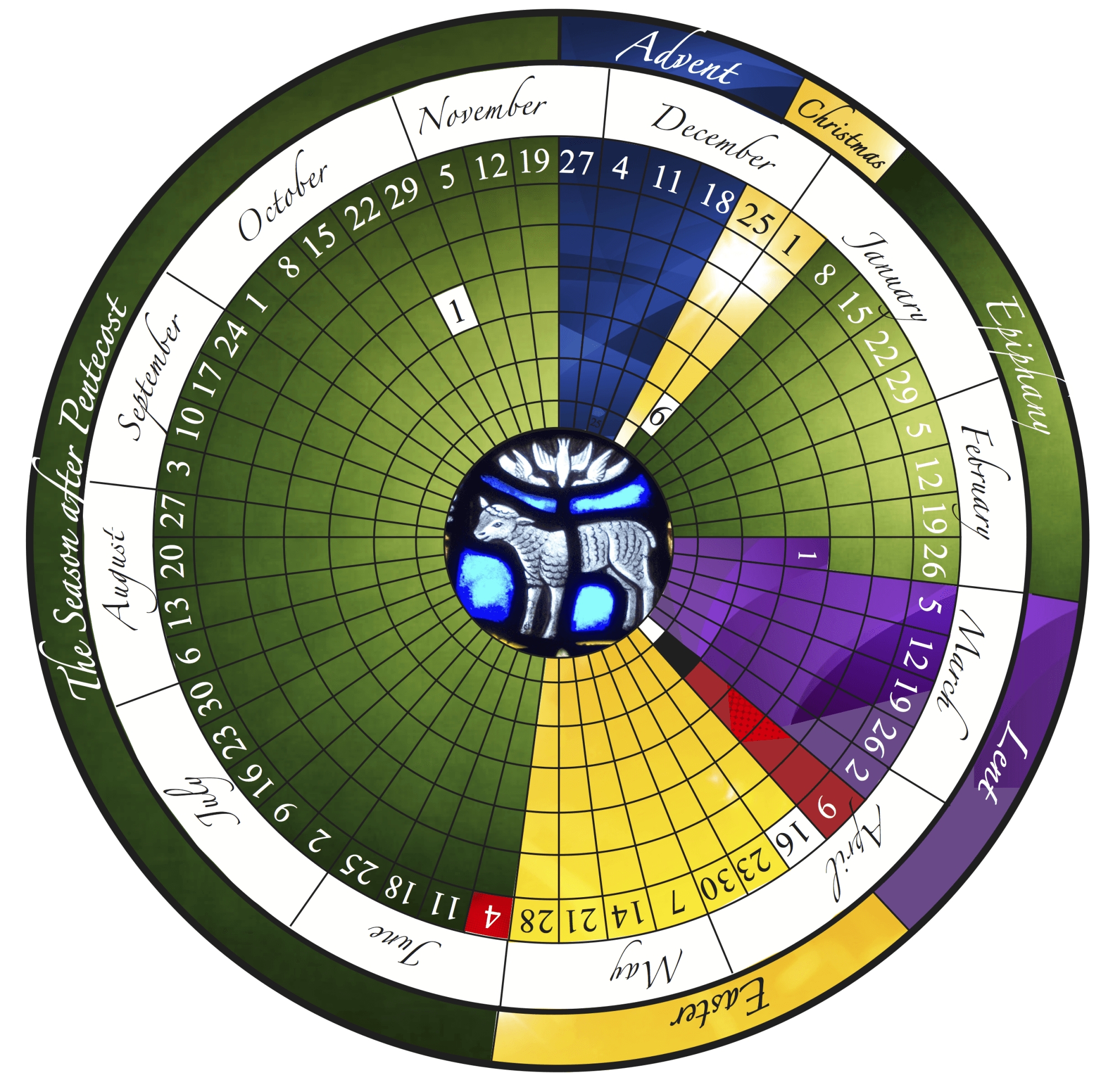
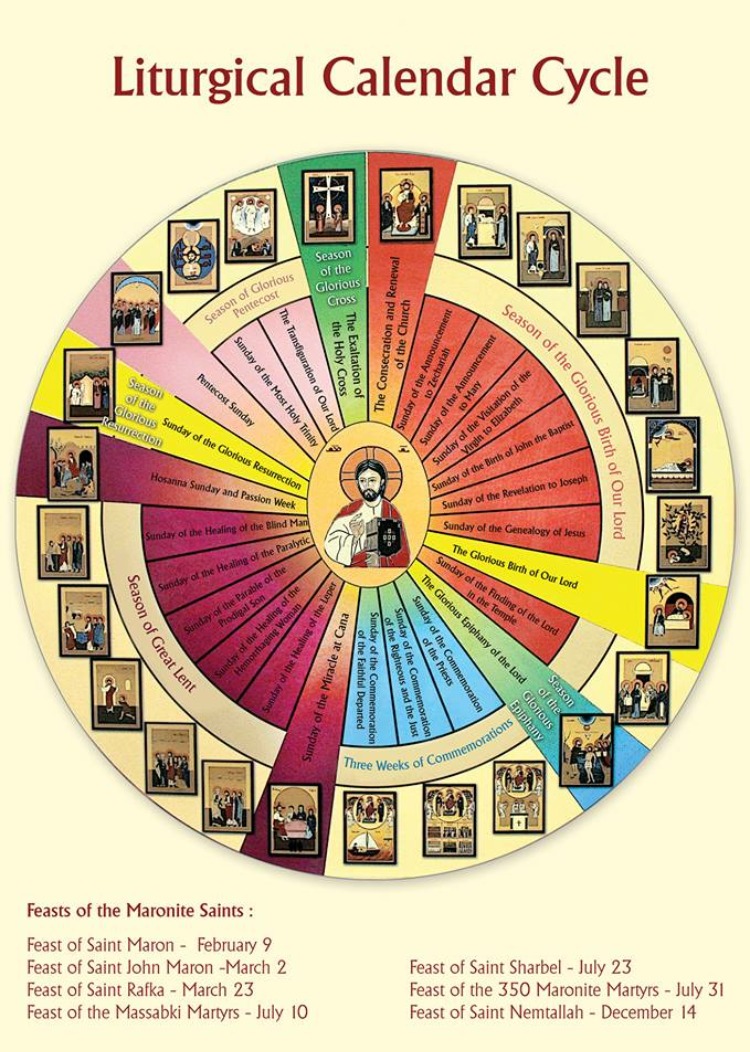
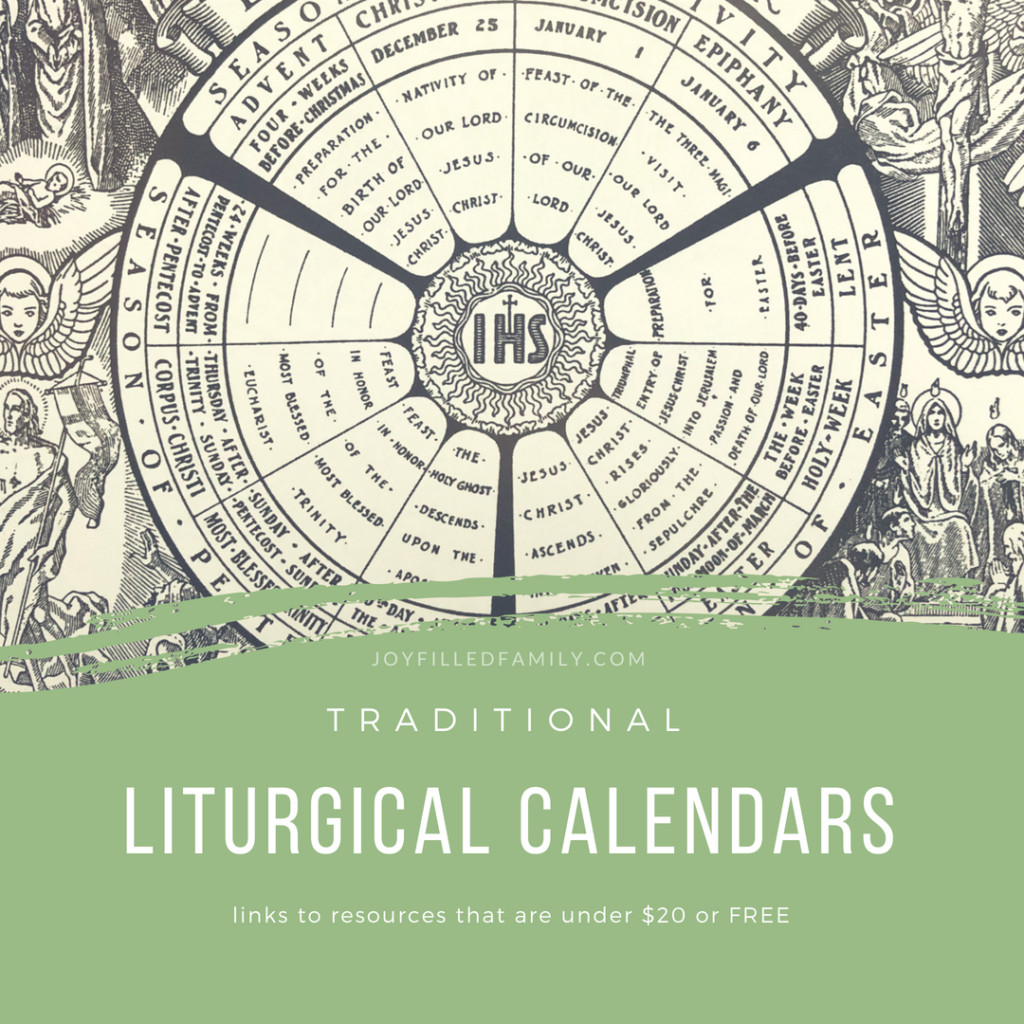


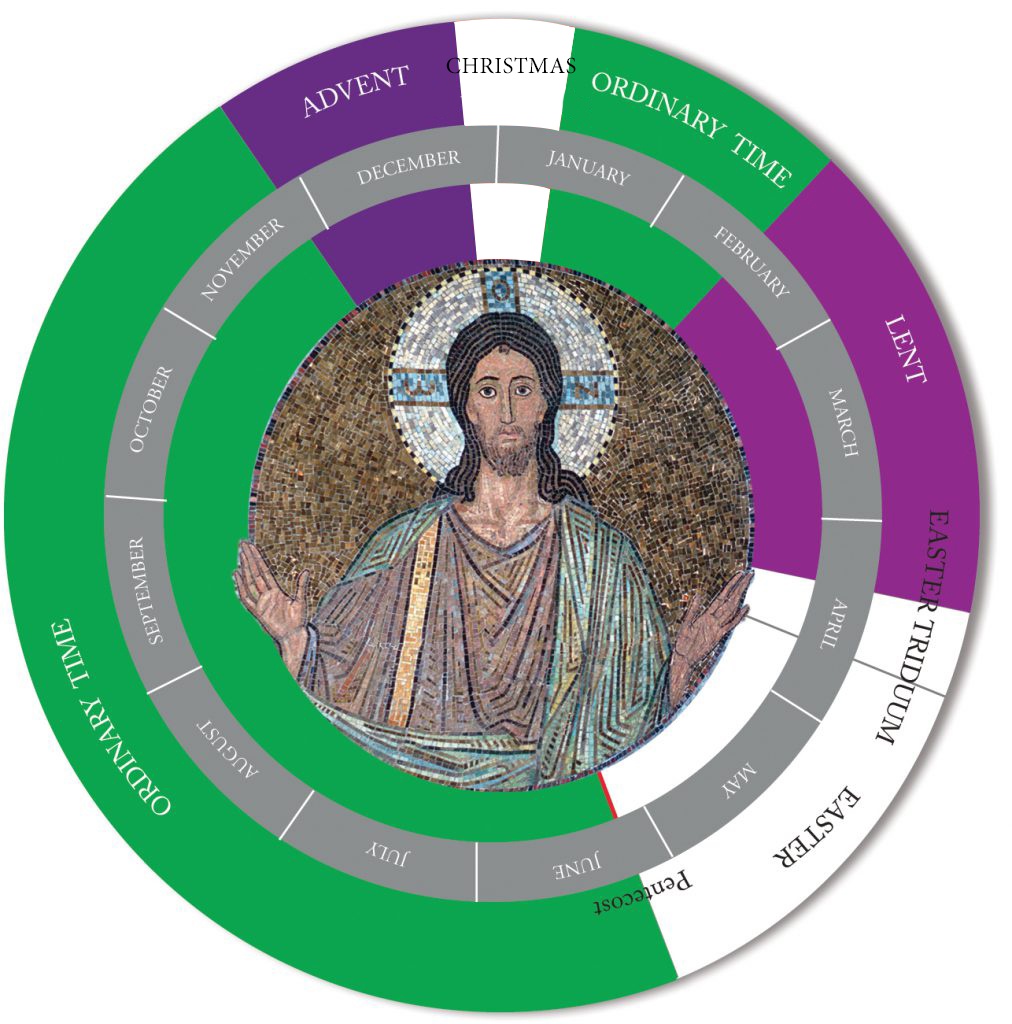
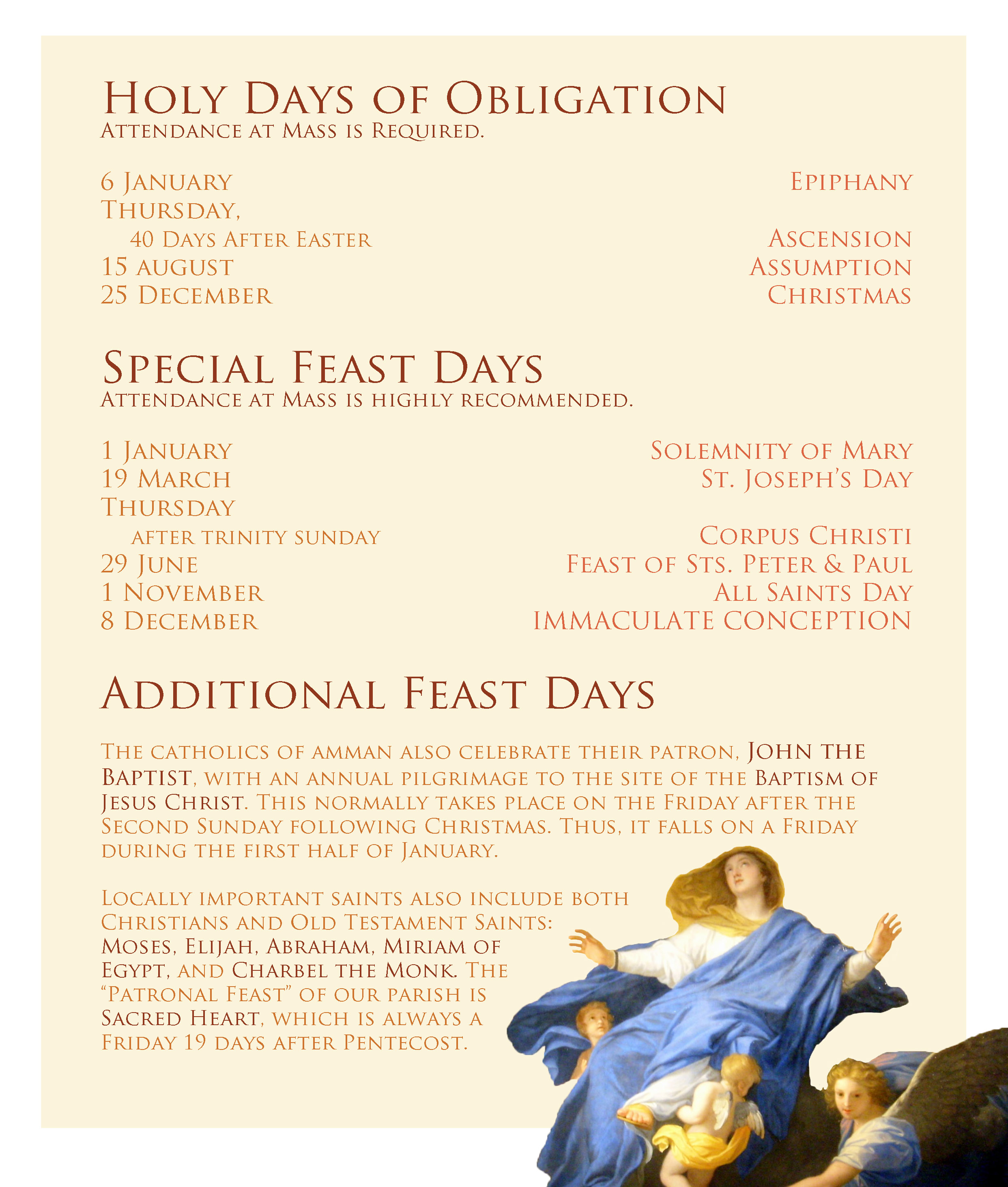
Closure
Thus, we hope this article has provided valuable insights into Navigating the Liturgical Year: Catholic Holy Days in 2025. We appreciate your attention to our article. See you in our next article!
